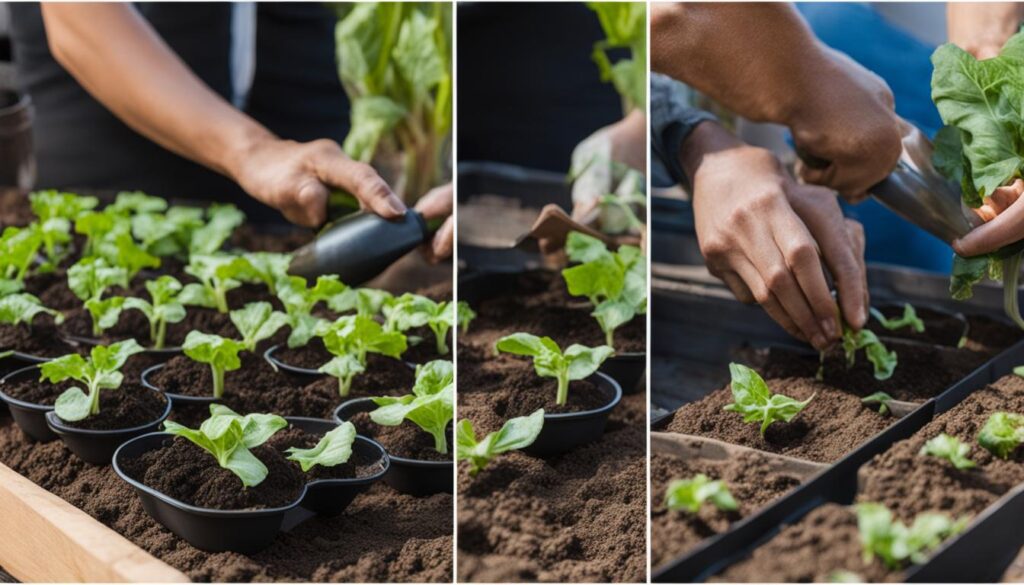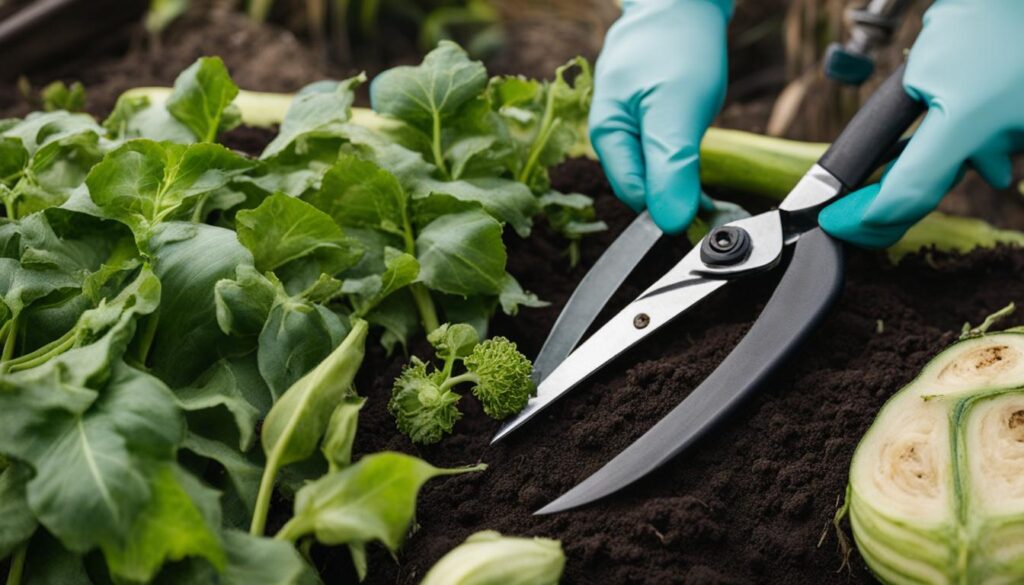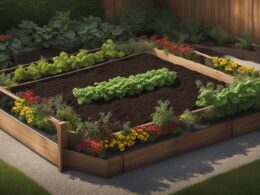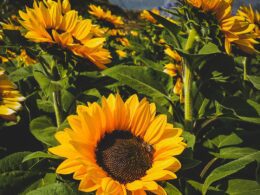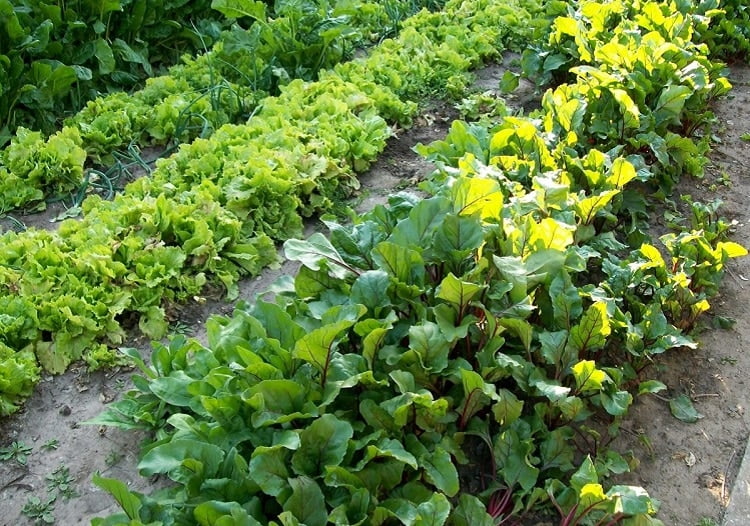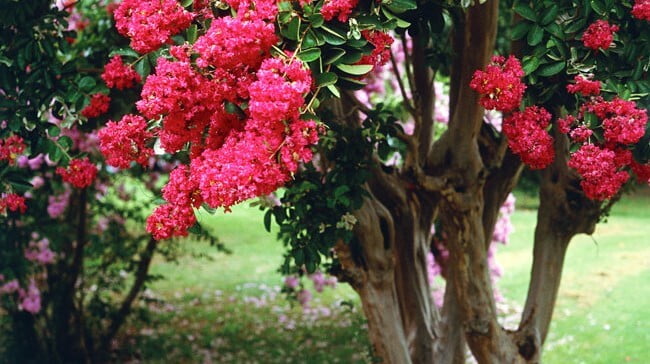Timing is crucial when it comes to planting zucchini in Oregon, ensuring the survival and bountiful harvest of this popular summer squash. Being conscious of the optimal zucchini planting dates is vital for success, as zucchini cannot withstand frost and requires temperatures above 50 degrees Fahrenheit. With the variety of frost dates across Oregon, it’s essential to consult local weather reports and remain prepared for any unexpected temperature drops.
Key Takeaways
- Zucchini is a summer squash with specific growing requirements for successful cultivation.
- Frost dates play a significant role in determining the optimal planting time in Oregon’s diverse climate.
- Understanding your local frost dates and weather patterns is essential for successful Oregon gardening.
- Soil temperature, preparation, and fertility impact zucchini germination and growth.
- Knowledge of zucchini’s growing requirements is the key to a healthy harvest.
- Appropriate maintenance, pollination, and pest management play crucial roles in maximizing your zucchini yield.
- Zucchini cultivation timing is essential for gardeners to reap the benefits of a bountiful harvest in Oregon.
Understanding Zucchini’s Growing Requirements
To maximize the success of your zucchini cultivation in the Pacific NW, it is essential to comprehend zucchini’s growing requirements thoroughly. These requirements cover various aspects, such as climate, soil preferences, soil temperature, and germination temperatures. By considering these factors, you can provide optimal conditions for zucchini plants to thrive in your garden.
Climate Considerations for Zucchini Cultivation
Zucchini thrives in a climate with consistent, warm temperatures and cannot tolerate cold weather or frost. The ideal time to plant zucchini in Oregon begins in early May and extends to mid-July, with direct seeding recommended after the danger of frost has passed. As temperatures play a crucial role in zucchini growth, gardeners should be cautious about planting zucchini too early before the frost season is over.
Soil Preferences and Preparation for Optimal Growth
Zucchini prefers fertile, well-drained soil, rich in organic matter. An ideal pH for zucchini is 6.0 to 7.5. Soil should be tested for fertilizer and liming recommendations so that any necessary adjustments can be made. By refining soil pH and fertility, you can improve both zucchini’s health and yield.
To prepare soil for zucchini, you should:
- Conduct a soil test to determine the soil’s pH and nutrient levels.
- Amend the soil with organic matter, such as compost, aged manure, or leaf litter, to improve its structure and fertility.
- If necessary, adjust the pH by adding lime or sulfur, as recommended by your soil test.
- Loosen the soil to a depth of at least 12 inches to encourage root growth and improve drainage.
- Create raised beds or mounds to ensure proper drainage and prevent waterlogging.
The Significance of Soil Temperature in Zucchini Germination
For successful zucchini germination, the soil temperature must be at least 60°F, with an optimum range between 70°F and 95°F. As soil temperature is a determining factor for zucchini germination, it is crucial to maintain appropriate warmth in your garden. Soil temperature can be enhanced using specific mulches, like black plastic or IRT films, which control weeds and conserve moisture while increasing warmth.
When considering germination temperature range for zucchini, keep in mind that:
- Germination rates will be slower at lower temperatures and accelerate as temperatures rise within the optimal range.
- Soil temperature should be monitored regularly to ensure it remains within the ideal range for zucchini germination.
- Investing in a soil thermometer can help you accurately measure soil temperature and make adjustments as needed.
Identifying Your Local Frost Dates
Knowing the local frost dates in Oregon is essential to determine the best planting window for zucchini in your specific area. Familiarize yourself with the average last and first frost dates to make informed planting decisions and adjust your gardening activities accordingly. While these dates serve as a guide, it’s crucial to monitor local weather forecasts for any unexpected frost events that might affect your zucchini plants.
In order to better visualize and understand the frost date information for Oregon, consider the following table which displays the average last and first frost dates for several locations in the state:
| Location | Average Last Frost Date | Average First Frost Date |
|---|---|---|
| Portland | April 5 | October 17 |
| Salem | April 15 | October 5 |
| Eugene | April 20 | October 10 |
| Bend | May 15 | September 15 |
| Medford | April 10 | October 15 |
Keep in mind that these dates are averages, and individual years may have frost dates that deviate from this information. It’s always advisable to stay updated with the local weather forecast, especially during the weeks leading up to and following your target planting window.
As a gardener who values gardening frost dates, you can better prepare for potential temperature fluctuations by taking measures like using floating row covers or cold frames. These methods can provide your zucchini plants with additional protection from unexpected frost events after planting. Moreover, in cases of extreme weather events, consider bringing potted zucchini plants indoors to ensure their survival.
Choosing between starting zucchini seeds indoors and direct seeding outdoors can significantly impact your plant’s success. To help you make the best decision, let’s explore the advantages and methods of indoor seed starting and when and how to direct seed zucchini in your garden.
Benefits and Methods of Indoor Seed Starting
Starting zucchini seeds indoors offers several benefits. The controlled environment allows for better germination rates and gives your plants a head start on the growing season. Hardening off transplants by gradually exposing them to outdoor conditions prepares them for the transition to the garden. Seedlings should be acclimated by exposing them to increasing amounts of outdoor time for 20-30 days after starting the seeds indoors.
Here are some tips for starting zucchini seeds indoors:
- Choose appropriate containers, such as seed trays, peat pots, or biodegradable paper pots.
- Fill containers with quality potting soil, leaving space for seeds and covering them with a thin layer of soil.
- Water thoroughly and maintain consistent soil moisture.
- Place containers in a warm location with adequate light, ideally around 70-75°F.
- Keep an eye on seedlings and transplant them outside when they have two true leaves.
How and When to Direct Seed Zucchini in Your Garden
Direct seeding zucchini is preferred in Oregon to minimize transplant shock. The best time for direct seeding is from early May to mid-July after the risk of frost has passed. Proper plant spacing and soil preparation are essential for a successful zucchini crop.
Follow these direct seeding zucchini tips for optimal results:
- Choose an appropriate location that receives at least six hours of sunlight daily.
- Prepare the soil by incorporating compost or well-rotted manure to improve fertility and drainage.
- Ensure the soil temperature is at least 60°F for successful germination.
- Plant zucchini seeds about an inch deep and space them 24-36 inches apart, depending on the variety.
- Water consistently, especially during dry spells.
| Method | Benefits | Drawbacks |
|---|---|---|
| Starting Zucchini Seeds Indoors | – Better germination rates – Head start on the growing season – Controlled environment |
– Requires transplanting – Potential transplant shock – More time and effort |
| Direct Seeding Zucchini Outdoors | – No transplant shock – Less intensive effort – Direct root growth in the garden |
– Susceptible to weather conditions – Slower germination – Less control over variables |
Ultimately, determining when to plant zucchini seeds outside and choosing between starting seeds indoors or direct seeding outdoors depends on your specific growing conditions, available resources, and gardening preferences. Both methods can yield a bountiful zucchini harvest with proper planning and care.
Maintaining Your Zucchini Plants for a Bountiful Harvest
Navigating Fertilization and Watering Requirements
Proper zucchini plant maintenance requires accurate fertilization and watering practices. A soil test is advised for determining precise fertilization needs; however, general guidelines recommend amendments be made alongside seeding. Maintain soil moisture above 60% capacity, with varying irrigation needs based on Oregon’s regional climates. You can enhance zucchini health and yield by keeping up with these essential zucchini maintenance steps.
Dealing with Common Zucchini Pests and Diseases
Addressing common zucchini pests and diseases plays a crucial role in growing healthy zucchini plants. Common issues you may encounter include:
- Blossom end rot
- Molds
- Wilting leaves
- Squash vine borers
- Powdery mildew
Tackling these problems can entail employing a variety of solutions, such as calcium sprays, consistent watering, using mulches, and applying organic or homemade fungicides. Timely identification and treatment can ensure that such issues do not hamper your zucchini yield.
The Importance of Pollination and How to Encourage Bees
Zucchini plants require pollination between male and female flowers for fruit set. Attracting bees to zucchini plants can significantly enhance the pollination process. Introducing honey bee hives per acre is an effective method to improve pollination, especially when native bee populations are insufficient. Monitoring for both types of flowers and facilitating bee attraction are essential for maintaining a fruitful zucchini harvest.
- Plant bee-friendly flowers nearby to attract bees to your garden.
- Avoid using harsh pesticides that may harm bees and other pollinators.
- Provide a clean water source for bees near your zucchini plants.
By diligently following zucchini plant maintenance practices, properly managing fertilization and watering, addressing pests and diseases, and ensuring successful pollination, you can enjoy a bountiful harvest of high-quality zucchinis in your Oregon garden.
How Can Companion Plants Help with Zucchini Growth in Oregon?
In Oregon, zucchini companion planting for growth can provide numerous benefits to your zucchini plants. Pairing zucchini with companion plants like nasturtiums, marigolds, and beans can help deter pests and attract beneficial insects. Additionally, planting zucchini alongside certain herbs can enhance its flavor and overall health.
Conclusion
Planting zucchini in Oregon requires careful attention to various factors, including frost dates, soil conditions, and plant maintenance. By understanding these elements, you can successfully cultivate zucchini in the Pacific Northwest and enjoy a bountiful harvest. In this article, we’ve explored the summary of zucchini planting and provided valuable insights on how to effectively grow and maintain your zucchini plants in Oregon.
As you embark on your zucchini cultivation journey, always remember the importance of monitoring local frost dates and ensuring that your zucchini plants are grown in fertile, well-drained soil with proper pH levels. Make use of soil tests and adjust pH and fertility as needed to optimize growth conditions. Additionally, consider the germination temperature range required for zucchini seeds and utilize techniques to improve soil temperature, such as using black plastic or IRT films.
Furthermore, effective plant maintenance such as optimal fertilization and watering, as well as efficient pollination and pest management, are crucial components to ensure a successful zucchini crop. By diligently following these guidelines and seeking local resources when necessary, you’ll be well-equipped to tackle any challenges and ultimately enjoy a thriving and rewarding zucchini garden in Oregon as you wrap up Oregon zucchini cultivation.






